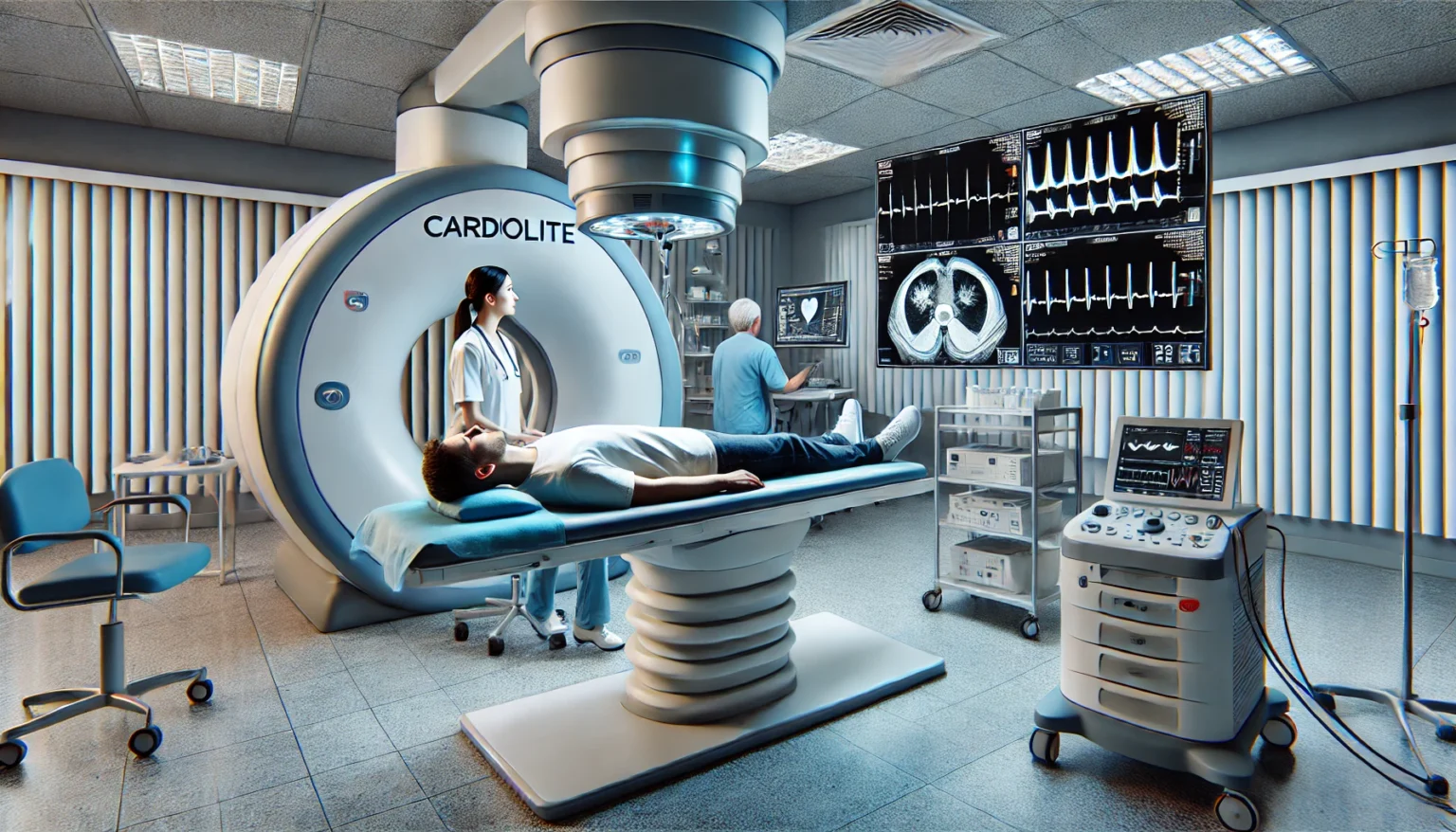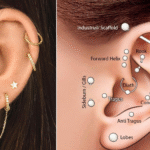Introduction
If you’re experiencing unexplained chest pain, shortness of breath, or are being evaluated for coronary artery disease (CAD), your doctor may recommend a Cardiolite stress test. This test is a specialized nuclear imaging procedure that shows how well blood flows into your heart muscle—both when it’s at rest and when it’s working hard (under stress). It provides critical insight into how your heart functions and helps identify whether parts of your heart are not receiving enough blood.
Used worldwide as a non-invasive diagnostic tool, the Cardiolite stress test is a valuable part of modern cardiology. It assists healthcare providers in determining the presence and severity of coronary artery blockages, and it can even help shape treatment decisions such as medications, lifestyle changes, or procedures like angioplasty.
Understanding Cardiolite
Cardiolite is the brand name for Technetium Tc99m sestamibi, a mildly radioactive tracer that is injected into the bloodstream during the test. It is drawn to areas of the heart muscle that have a healthy blood supply and can be seen clearly through a special imaging camera called a gamma camera.
Here’s how Cardiolite works in simple terms:
| Component | Role in the Test |
|---|---|
| Technetium Tc99m | Radioactive agent used for imaging |
| Heart muscle cells | Absorb the tracer where blood flow is normal |
| Gamma camera | Detects radioactive areas to create detailed images |
Because damaged or poorly supplied areas of the heart absorb less of the tracer, they appear differently on the scan. This contrast allows doctors to pinpoint which areas may be suffering due to narrowed or blocked arteries.
How to Prepare for a Cardiolite Stress Test
Preparation is important to ensure accurate results. You’ll receive specific instructions from your healthcare provider, but here are the typical guidelines:
- Fasting: You’ll likely need to avoid eating or drinking (except water) for at least 4–6 hours before the test.
- Medication adjustments: Certain medications, especially those for the heart or blood pressure, may need to be paused temporarily.
- No caffeine: Avoid caffeine (even decaf) for at least 24 hours before the test—it can affect the stress response.
- Comfortable clothing: Wear a two-piece outfit with walking shoes, as you may be exercising during the test.
If you’re pregnant or breastfeeding, or have allergies (especially to medications or dyes), it’s important to inform your doctor ahead of time.
What Happens During the Cardiolite Stress Test?
The test typically takes about 3–4 hours and is done in multiple phases. Let’s walk through what you can expect:
1. Resting Phase
First, a small intravenous (IV) line is inserted into your arm. You will receive an injection of Cardiolite and wait for about 30–60 minutes while it circulates through your bloodstream. Then, you’ll lie on a table under the gamma camera, which will capture images of your heart at rest.
2. Stress Phase
This is where your heart is challenged, either through exercise or medication:
- If you can exercise, you’ll walk on a treadmill that gradually increases in speed and incline.
- If you can’t exercise, you’ll receive a drug (like adenosine or regadenoson) that mimics the effect of exercise by increasing blood flow to your heart.
Another dose of Cardiolite is injected during peak exertion or stimulation, and after a short waiting period, images are taken again to capture the “stress” view.
3. Imaging
After both sets of images (rest and stress) are collected, the cardiologist will compare them to look for differences. Areas that look normal at rest but abnormal under stress may indicate reduced blood flow (ischemia), while consistently abnormal areas may point to previous heart damage (such as a heart attack).
Protocol Variations
There are different ways the Cardiolite stress test may be performed, depending on your body type and heart health. Here’s a comparison:
| Protocol Type | Description | Common Use Case |
|---|---|---|
| One-Day Rest/Stress | Both rest and stress tests on the same day | Most common setup |
| One-Day Stress/Rest | Stress phase first, followed by rest phase | When symptoms are more stress-related |
| Two-Day Stress/Rest | Conducted over two separate days | Used for patients with obesity or other health issues |
Each protocol follows the same core principles but adapts timing and dosage for patient safety and image clarity.
Understanding the Results
The images from your test are carefully analyzed by a cardiologist. Here’s how they interpret them:
Normal Results
If blood flow is normal in both rest and stress images, your heart is likely getting enough oxygen-rich blood during all activity levels. No immediate treatment may be necessary.
Abnormal Results
Abnormal images could indicate:
- Ischemia: Poor blood flow during stress but normal at rest, suggesting a partially blocked artery.
- Infarction: Poor blood flow in both conditions, indicating damage from a past heart attack.
These results may prompt your doctor to recommend further tests like a coronary angiogram or begin treatment plans involving medications, dietary changes, or procedures.
Safety and Risks
The Cardiolite stress test is considered very safe and is widely used in clinical practice. The amount of radiation is low—comparable to a few X-rays—and most people experience no side effects.
Possible, though rare, side effects include:
- A metallic taste after the injection
- Nausea or lightheadedness
- Shortness of breath (especially from the stress medication)
- Allergic reactions (extremely rare)
During the test, your vital signs are continuously monitored, and emergency equipment is always available as a precaution.
Benefits of the Cardiolite Stress Test
The Cardiolite stress test offers several important benefits for both diagnosis and treatment planning:
- Non-invasive: No surgical incisions or catheters are required.
- Early detection: Helps identify heart disease before it becomes life-threatening.
- Reliable imaging: Offers a clear visual of how well your heart is working.
- Treatment guidance: Helps determine whether medications, lifestyle changes, or procedures are needed.
Frequently Asked Questions
Can I drive home after the test?
Yes, unless you’ve been sedated or experience dizziness, you can usually drive yourself home.
Is the test painful?
The test is not painful. You may feel a slight pinch from the IV insertion and possibly discomfort from walking or the medication, but it is generally well-tolerated.
When will I get my results?
Your cardiologist will typically review the images within 24–48 hours and discuss the findings at a follow-up appointment or through a phone call.
Conclusion
A Cardiolite stress test is one of the most valuable tools for diagnosing heart disease today. It provides vital information about your heart’s health without the need for invasive procedures. By following simple preparation steps and understanding what to expect, you can approach your test with confidence and clarity. If your doctor has recommended this test, know that it’s a safe and proven way to evaluate how your heart performs under stress and to guide your future care.
Other Articles
Can I Trade In a Financed Car? Complete Guide to Trading in a Car with a Loan
Phone Number Durostech: Company Overview and Contact Information
The Ultimate Guide to 1.5f8-p1uzt Texture: Features, Uses, Benefits, and Future
FA3020PF Westinghouse: Complete Guide to Features, Specs, Installation & Uses








